The Doomo Meter S is a OLED screen readout counterpart to the Doomo Meter D. It’s smaller, USB chargeable, and only has one button and one dial. On paper it looks quite interesting, but in the sea of other options for shoe mount meters now out there, does it amount to anything that separates it from its competitors? The answer, I think, is yes – though what separates it from the competition might not be ideal for everyone.
I reviewed the Doomo Meter D around the same time last year. I came away from the process impressed but with a couple of reservations. The first was that by my testing it would meter to slightly underexpose. This was compounded by the fact that compared to some of other shoe mount meters available, it wasn’t adjustable. Of course, you could tweak the exposure index to counteract this, and really it was only a tiny bit out, but it just left me feeling very slightly disappointed.
That said, all was definitely not lost. The meter itself has one of the nicest builds of all the meters I ended up testing. It’s also hard to get away from the fact that the “analogue” nature of the user interface just might feel more fitted and relevant to a massive percentage of the cameras a meter like this is likely to be used on.
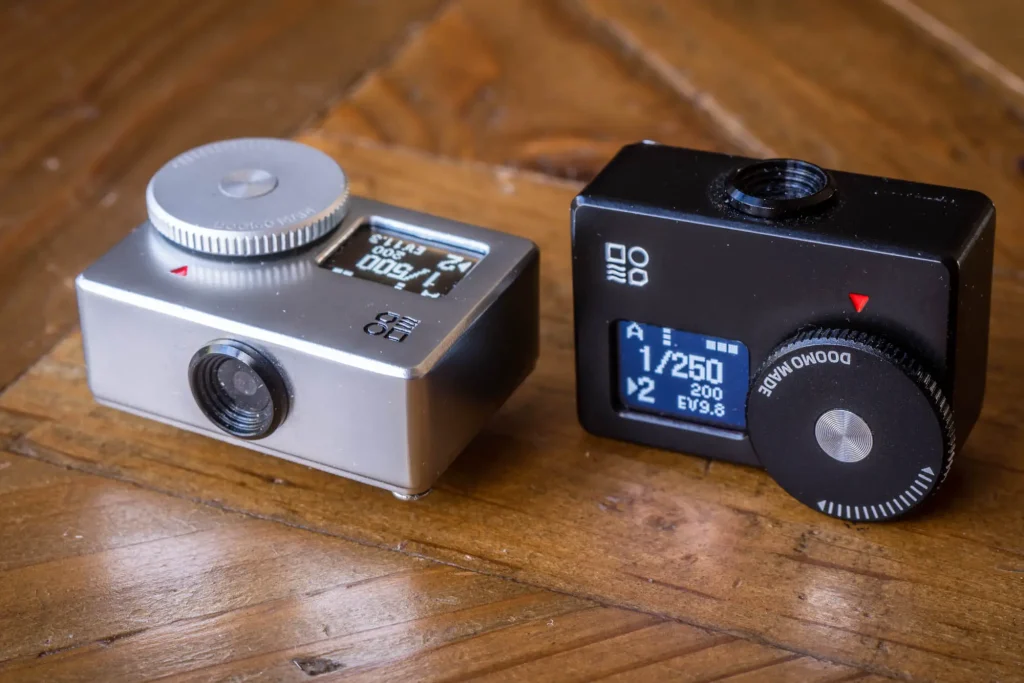
The Doomo Meter S
The Doomo Meter S is a departure from that analogue nature. It’s Doomo’s answer to the more (relatively) high-tech OLED options out there. Of course, by going OLED, the Meter S loses the one feature that separates the Meter D from most of its competitors. In doing this, it’s my feeling that the S really has to bring something more or else to the table. With so many competing small OLED screen show mount meters, what is the Meter S’s UPS (unique selling point)?
Build quality, feel and use
Fortunately, to kick off, the Doomo Meter S retains one of the biggest selling points of the Meter D. It feels very well built. The metal shell is solid feeling and machined to a high quality. It also has a little bit of weight to it that adds to the sense of quality. There is even a little glass window in front of the metering diode which adds to the quality feel.
The dial on the top is metal and rotates very smoothly with a slightly damped feel to the rotation. My only issue with this is that I think I would have preferred clicks per stop or fraction of stop setting as the dial is rotated. As it is, sometimes it feels as though the settings are unevenly spaced depending on how fast you rotate the dial. This gives a slight impression of unresponsiveness sometimes, and over-responsiveness others. Certainly spinning the dial quickly doesn’t skip through the settings as quickly as the Hedeco does.
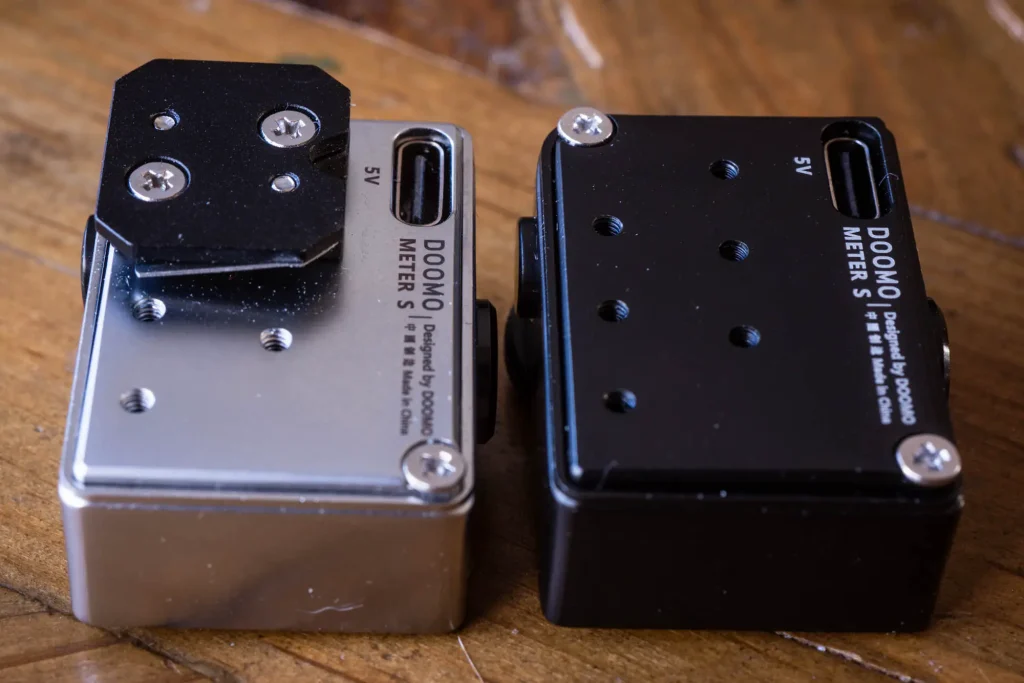
One really nice feature is the quality of the shoe attachment. To begin with, it can be located onto the bottom of the meter in 3 different places. This will, of course, make it more compatible with more cameras. Though, for ultimate compatibility bother yet beats the Reveni, adjustable shoe mount position definitely helps! What’s especially nice about the shoe mount though is that it is spring loaded. A lot of these meters come with a little range of mounts in slightly different thicknesses to suit different cameras. The springs on this one should mean it’s compatible with more cameras with less fuss. It mounted to all of cameras I have tried it on without any issue.
The OLED display
The OLED display on the Doomo Meter S is small but bright. The information is also clear and well laid out. The display working from top left across tells you the mode the meter is in, if it’s in constant metering mode or not, the battery level shutter speed, aperture, then EI and EV below. I do have an appreciation for a meter that displays EV!
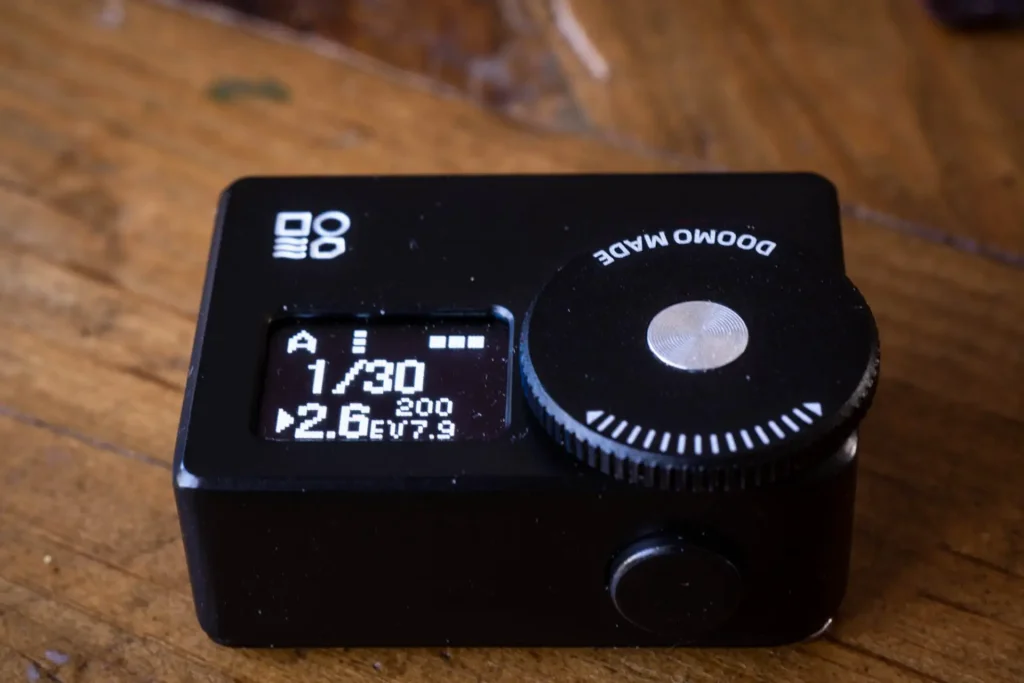
Controlling the Doomo Meter S
The Meter S is controlled with a single button and a single dial. The result of this is that it definitely takes a little bit of thinking about to initially get to grips with. It’s such a simple meter though, it doesn’t take too long.
A single press of the button wakes up the meter and takes a reading. It has two options for reading, single reading mode and constant. To switch between the two modes you press and hold the button for two seconds. Three little squares next to the mode readout signify the constant metering mode is selected. In single metering mode, you just press the button each time you want it to take a reading.
The Doomo Meter S also has two shooting modes. ‘A’ for aperture priority and ‘T’ for shutter (time) priority. A double click of the button switches between the two modes.
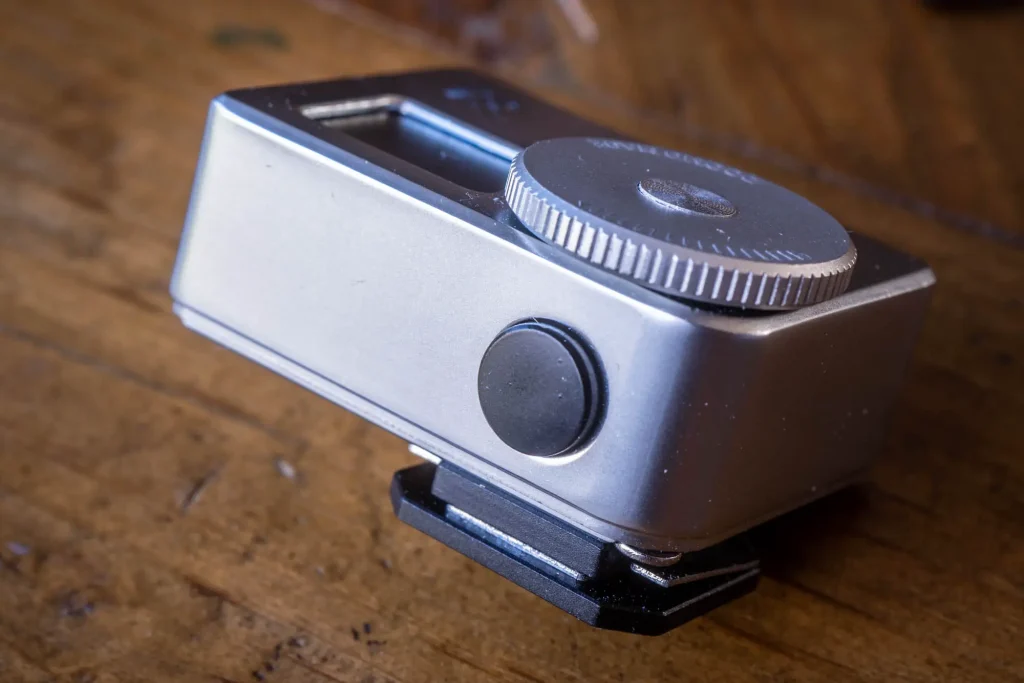
The exposure index (ISO) is changed with a 3 second hold of the button. The only slightly irritating thing about this is that it also switches the reading mode in the process. The result of this is that each time you change the EI, the metering mode changes. In theory though, I guess the need to change the EI is infrequent enough for this not to be an issue for a lot of people.
That’s all there is too it. Unlike some of the other OLED meters on the market, there’s no calibration, no exposure compensation, no menu options at all. To be fair, in some ways, I actually see this as a plus point. It feels simple, uncluttered and lacking in anything that might be superfluous. I liked this about the Keks, and I like it here too.
Doomo Meter S Accuracy
Of course, being a Doomo meter, I did worry I was going to find it to be slightly out of calibration to my tastes. Fortunately, it seems to read slightly differently to the Meter D, or at least it seems to round differently. In the extreme, I could get the Meter D to round to an entire stop different, the most of the time it felt like there was less difference between them, and sometimes they read the same.
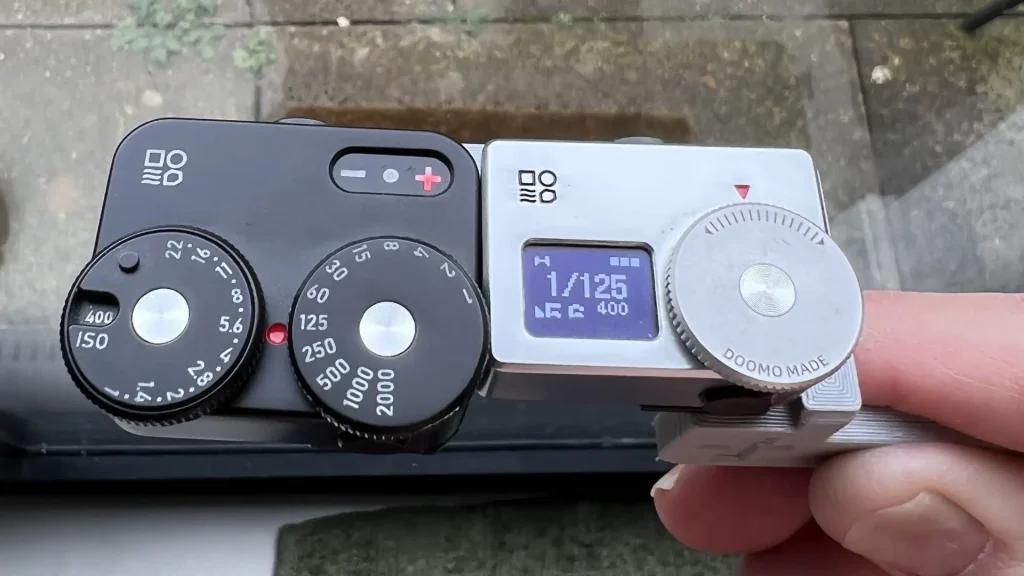
Ignoring the Meter D for a second though, the Meter S definitely seems more accurate, or at very least, more accurate to my tastes. With a short telephoto lens mounted on the Sony A7iii on evaluative reading mode it measured pretty much the same all the time. In short, I’ve found the Meter S to be accurate.
Built-in Battery
I have to say, I like the rechargeable nature of these meters. The concern that many (rightfully) have is the longevity of the battery and what to do after they eventually die. The argument against this is that the battery should remain functioning for many years, and is actually potentially replaceable by those who know what they are doing. For my money, I like not having to find another set of button batteries. I also think that since this meter has a better level readout, users are less likely to get fought out by it running out of power when out and about. It also seemed to charge very quickly.
Settings and specs
All the specs are on the Doomo Meter S product page here. In case that URL changes, here they are again:
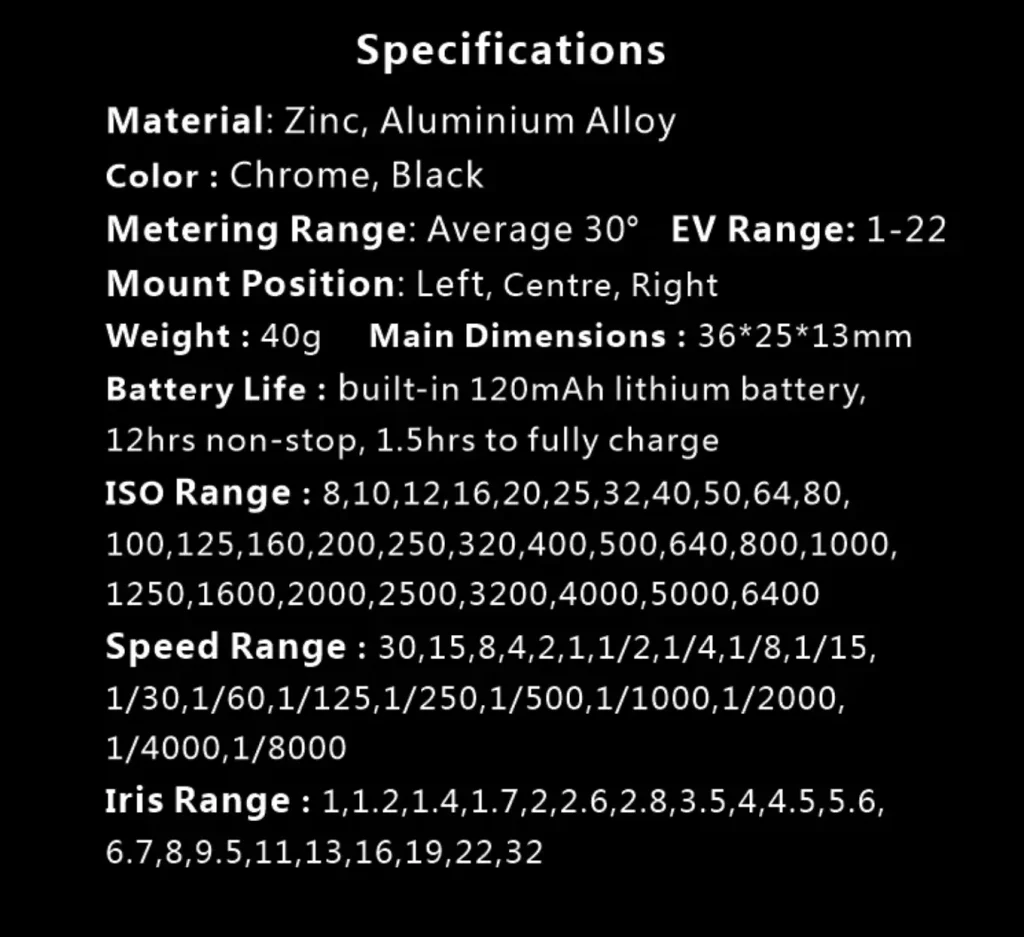
As you can see, it has a 30 degree metering angle and an EV range from 1-22. Shutter speed settings are quite convention full EV stops from 30secs to 1/8000. The range of ISO settings is nice and wide from 8 to 6400 in 1/3 stops.
The aperture settings are a little more unusual in that they seem to be divided into 1/2 stops. Though sometimes the half stops aren’t what you might expect them to be. So, for example, with conventional 1/3 stops between f/2 and 2.8 being 2.2 and 2.5, I wouldn’t expect a 1/2 stop to be 2.6. This is nitpicking though – especially as these rounding errors seem to be common on OLED based meters.
Doomo Meter S – Compared
Possibly the closest meter to the Doomo Meter S on the market is the Hedeco. The Hedeco is lower profile, which I like more, but doesn’t feel as solid. The Hedeco also has more options and settings including exposure compensation and calibration. I’ve considered this a pro in my comparison article, but actually I’m fairly ambivalent about those extra options – I don’t miss them on either the Meter S or the Keks.
Compared to the Keks it’s slightly more fiddly to use, but is smaller which I like. The information displayed is just as good too. Both are powered by internal batteries that are charged via USB-C. Compared to the Reveni it’s less fiddly to use, but is bigger. It also feels nicer made with it being metal rather than plastic. It’s also a lot nicer than the “budget” Chinese meters which I didn’t really like at all.
Finally, compared to its sibling the Meter D. As I’ve already said, it has the same really nice feeling build quality of the Meter D. It’s also slightly smaller, and – despite being made by the same company – is to my eye a little more accurate.
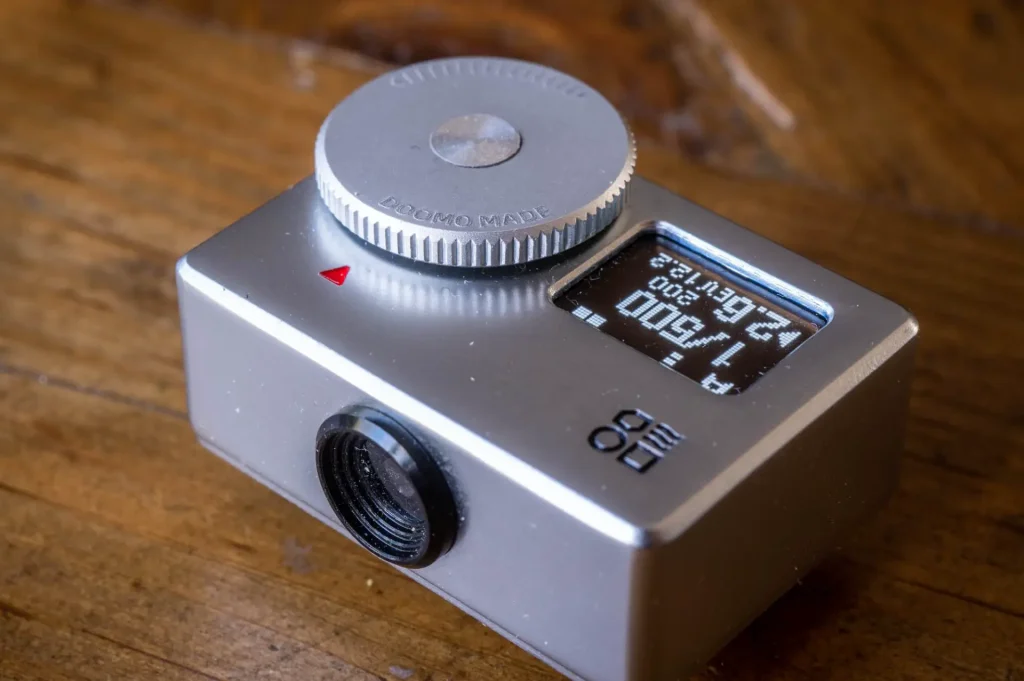
Final thoughts (a USP?)
So does the Doomo Meter S have a USP? Well, not really. But then, I think it’s possible to now make the argument that really the Reveni with its tiny footprint is the only meter that still offers something truly unique.
That said, the Meter S takes little bits from each of the other meters I have reviewed to make a fairly well rounded package that will definitely be compelling to some – including me. I like the fact it has an internal battery. For some, this might be a deal breaker. I quite like the fact that it is simple and comes without potentially superfluous modes. Others will prefer the more feature packed meters. I also like the simplistic one button/one dial controls. Others might not. Finally, I also really like the build quality, though I might like it slightly more if it had a slightly lower profile.
Ultimately, the Doomo Meter S – despite not having a specific USP – does offer a unique set of features and functionality that sets it apart from its competitors. It might not be to everyone’s taste, and there are a few little things about it that aren’t perfect, but if it was my only shoe mount meter, personally, I’d be very happy with it!
Share this post:
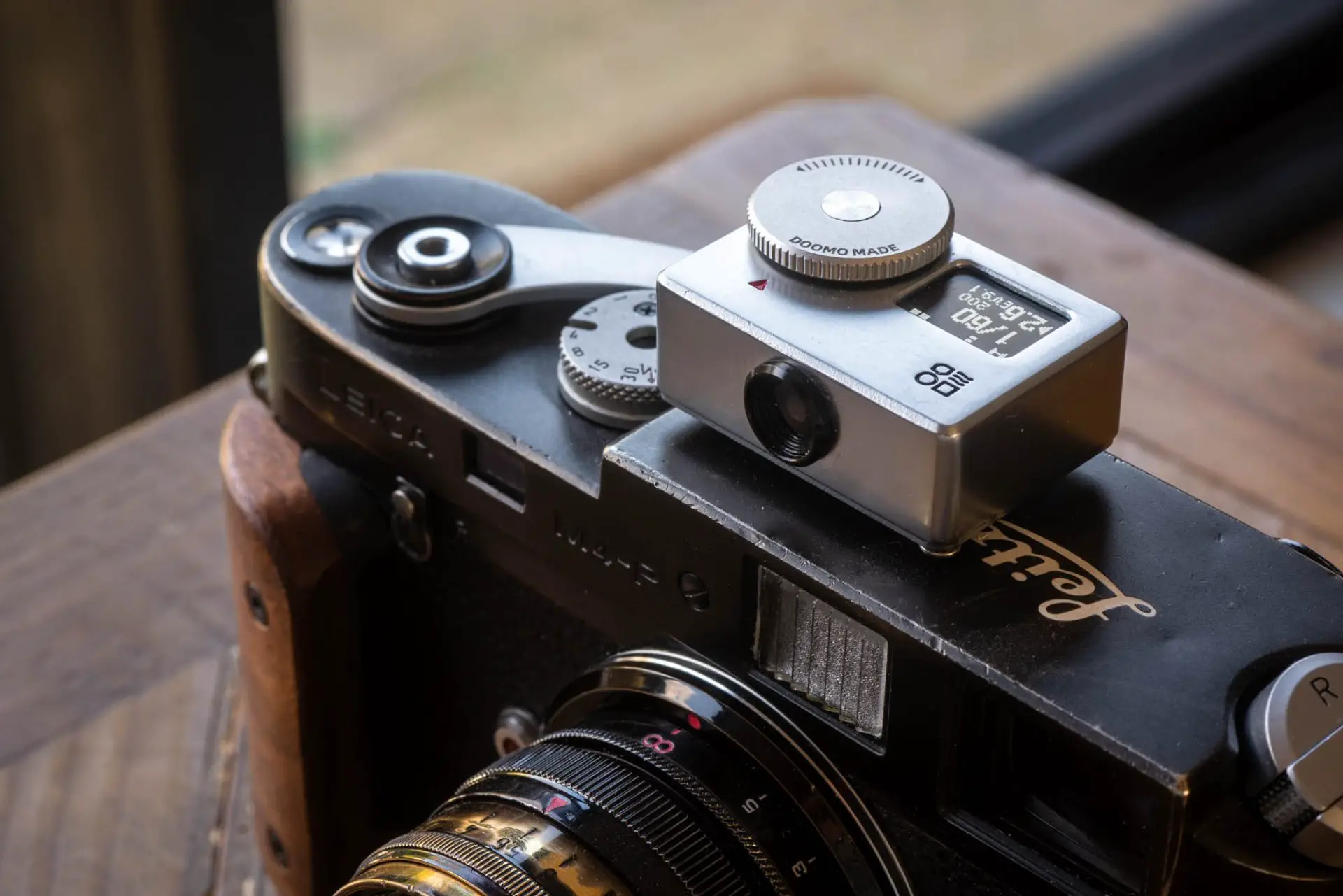
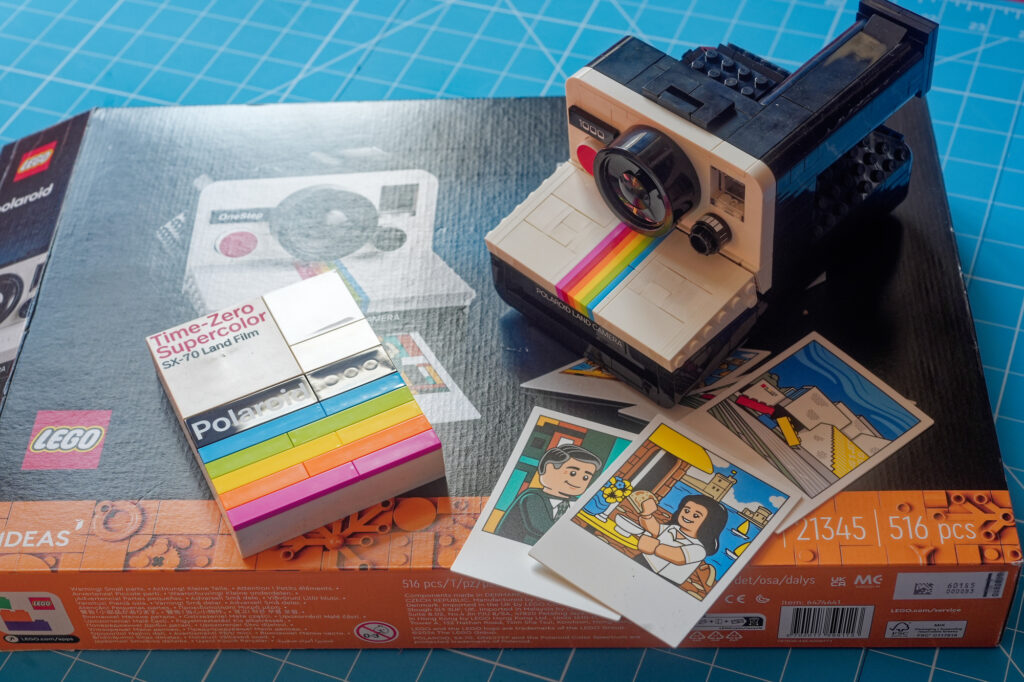
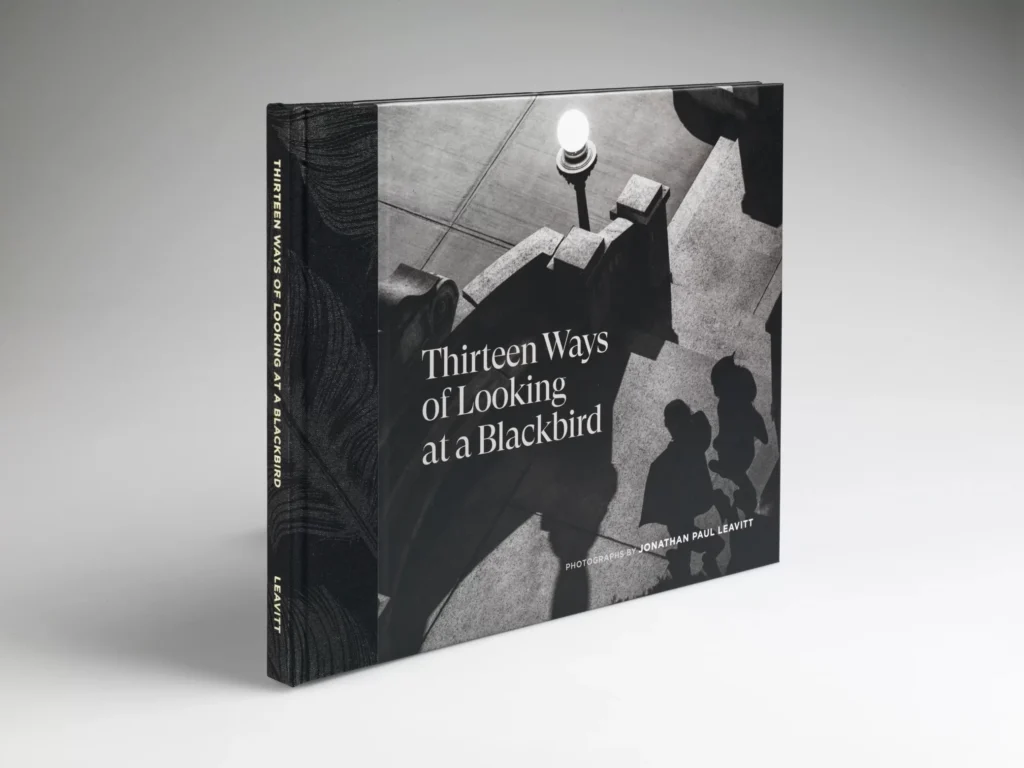

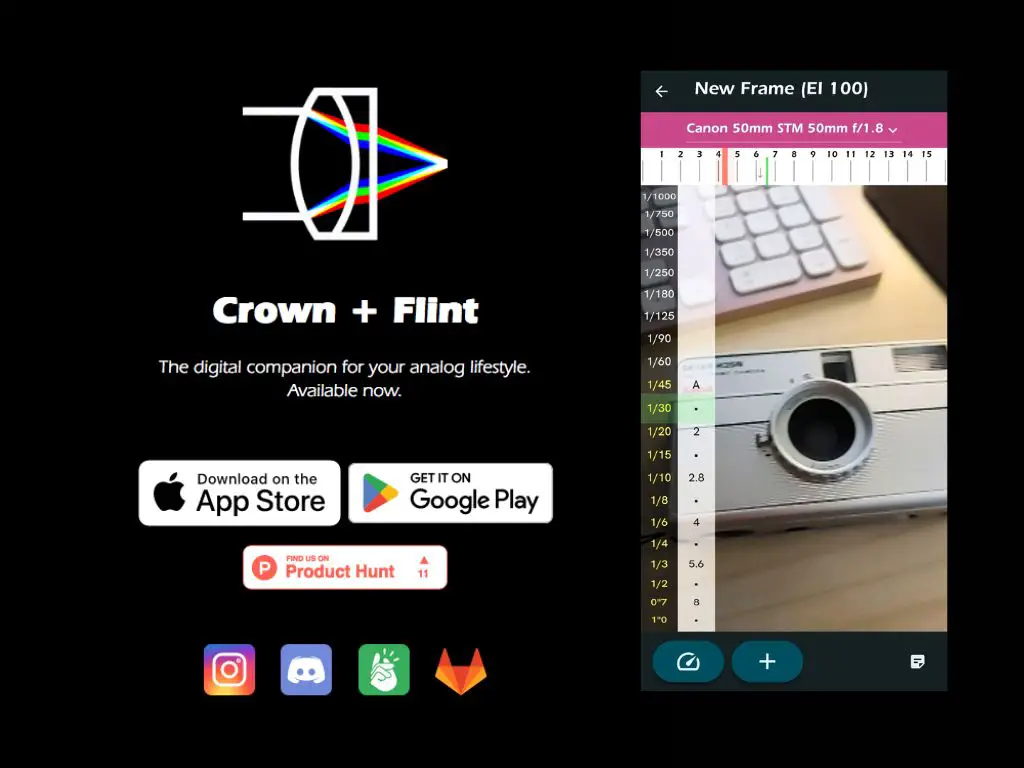




Comments
Martin on Doomo Meter S Review – Just Another OLED Light Meter…?
Comment posted: 04/04/2022
Alan on Doomo Meter S Review – Just Another OLED Light Meter…?
Comment posted: 04/04/2022
The only down sides with this meter are the short battery life when the meter is left in 'sleep' mode. Leave the camera aside for anything more than few days and I will need to remember to re-charge the meter before heading out, or go back to sunny-16 guesswork again. The QR code downloadable instructions provided by Doomo are pretty minimal, to the point that figuring out how to use the meter I found was initially a lot of guesswork and playing around, followed by giving up and finding a Youtube video that actually showed how to use it. The meter has two metering 'modes': press-to-meter and continuous metering. The latter probably eats battery life as the meter is always on, seemingly never going 'sleep' once continuous mode is activated - and this can easily be activated (albeit inadvertently) through a wrong combination of button presses and holds using the one control button.
Lastly - I would advise anyone using this meter to **Read the Fitting Instructions** provided in the box before fitting the meter to the camera! There is a small sticker of protective foam supplied with the meter - it sits between the meter and the camera top plate to protect from any potential scratches as the meter is slid on and off the flash shoe. In my excitement of a new purchase I jumped straight in and didn't take time to fit this - also accidentally fitting the flash shoe mount backwards and then stupidly forcing it on - I now have two tiny (but definitely annoying!) scratches on the top plate of my otherwise mint M3.
All these small points aside, the Doomo Meter S is fantastic value and very useable. Compared to the Doomo Meter D, which I also have, it's absolutely tiny and so much quicker in use. I'll probably never take it off my M3.
Huss on Doomo Meter S Review – Just Another OLED Light Meter…?
Comment posted: 05/04/2022
Phong Nguyen on Doomo Meter S Review – Just Another OLED Light Meter…?
Comment posted: 24/07/2022
Phong Nguyen on Doomo Meter S Review – Just Another OLED Light Meter…?
Comment posted: 24/07/2022
Phong Nguyen on Doomo Meter S Review – Just Another OLED Light Meter…?
Comment posted: 24/07/2022
https://www.reddit.com/r/AnalogCommunity/comments/pdsfid/has_anyone_used_the_l102_light_meter_i_just_want/
Sam on Doomo Meter S Review – Just Another OLED Light Meter…?
Comment posted: 01/08/2022
Comment posted: 01/08/2022
Groni on Doomo Meter S Review – Just Another OLED Light Meter…?
Comment posted: 08/02/2023
Comment posted: 08/02/2023